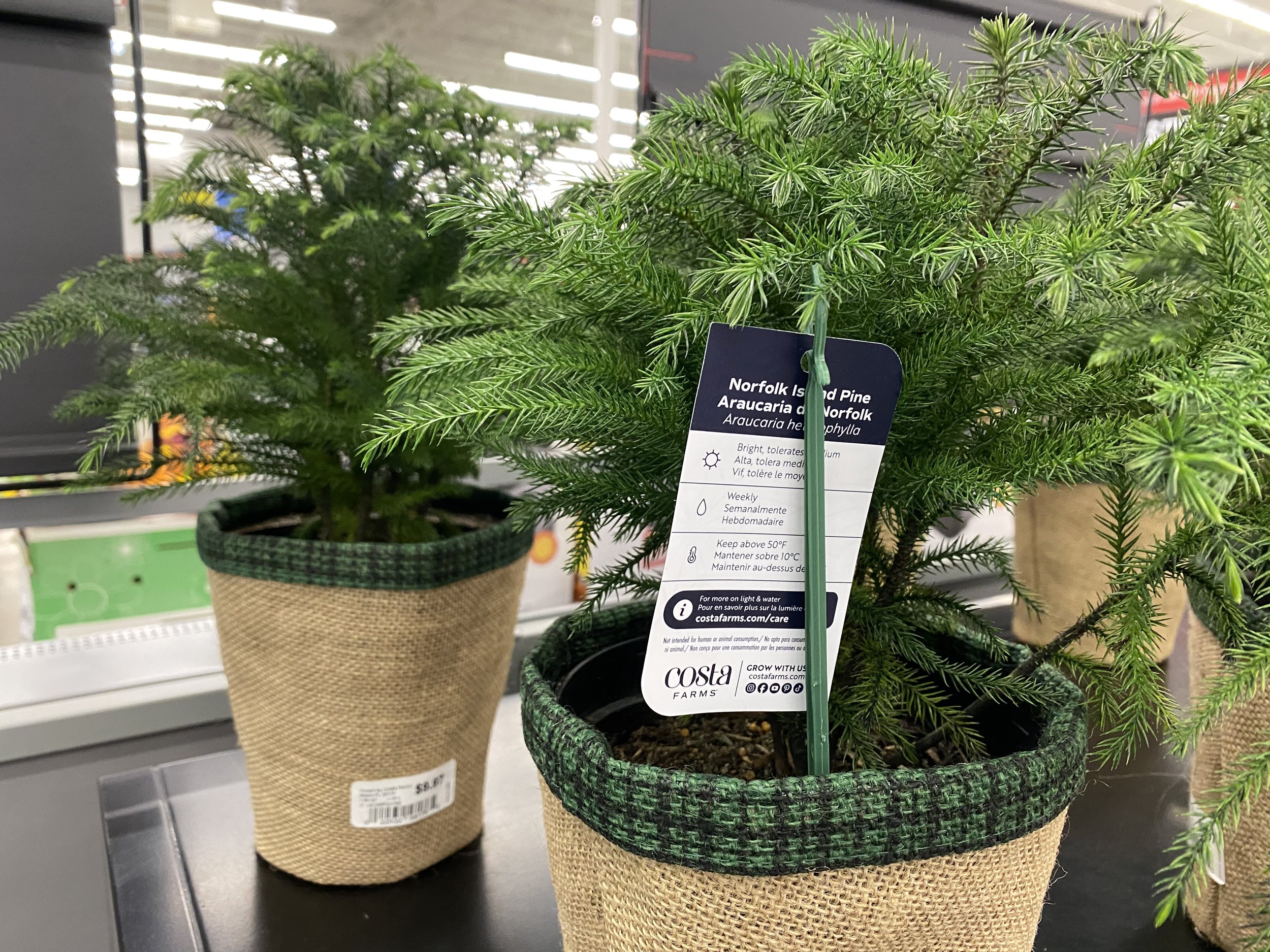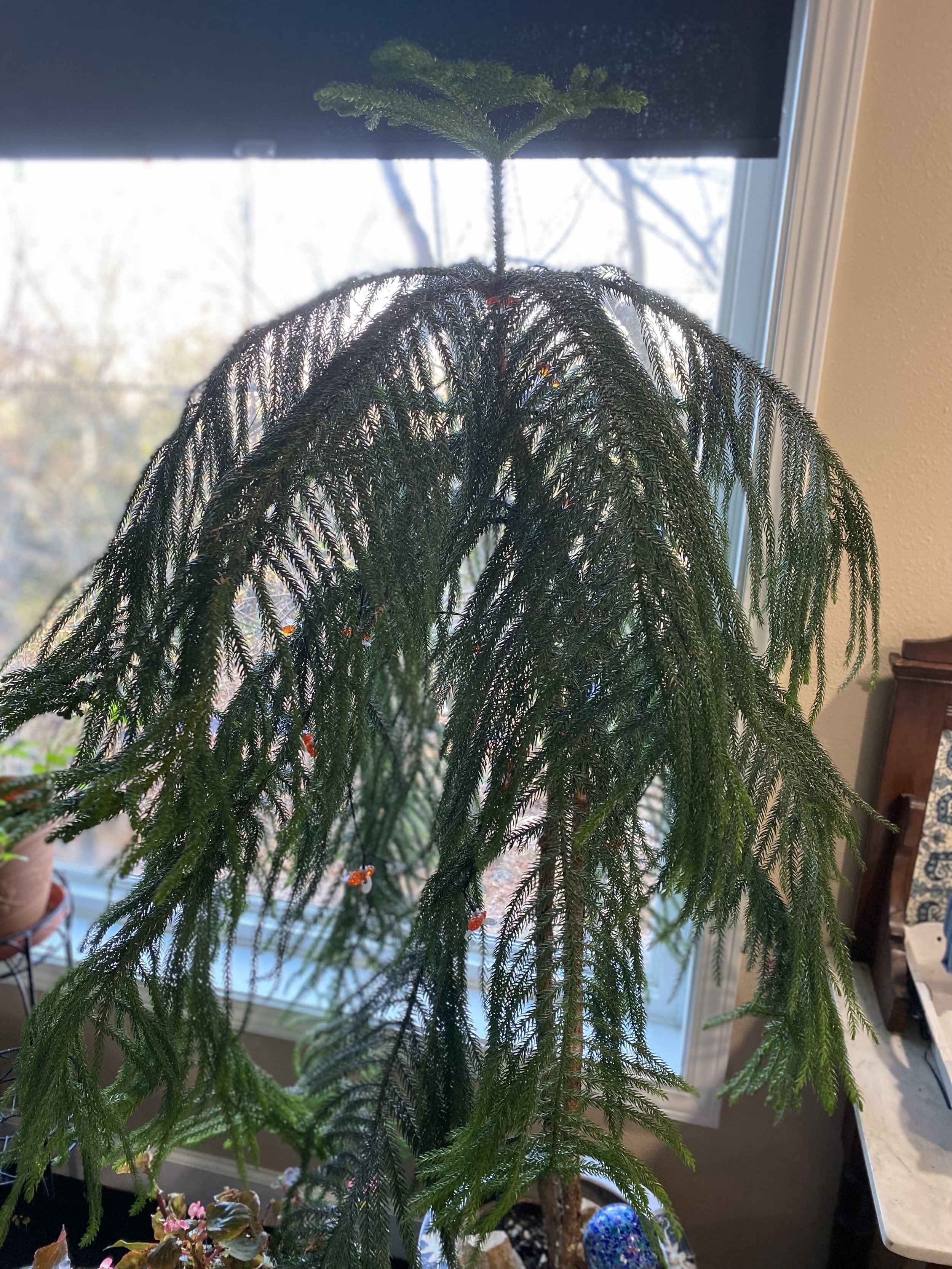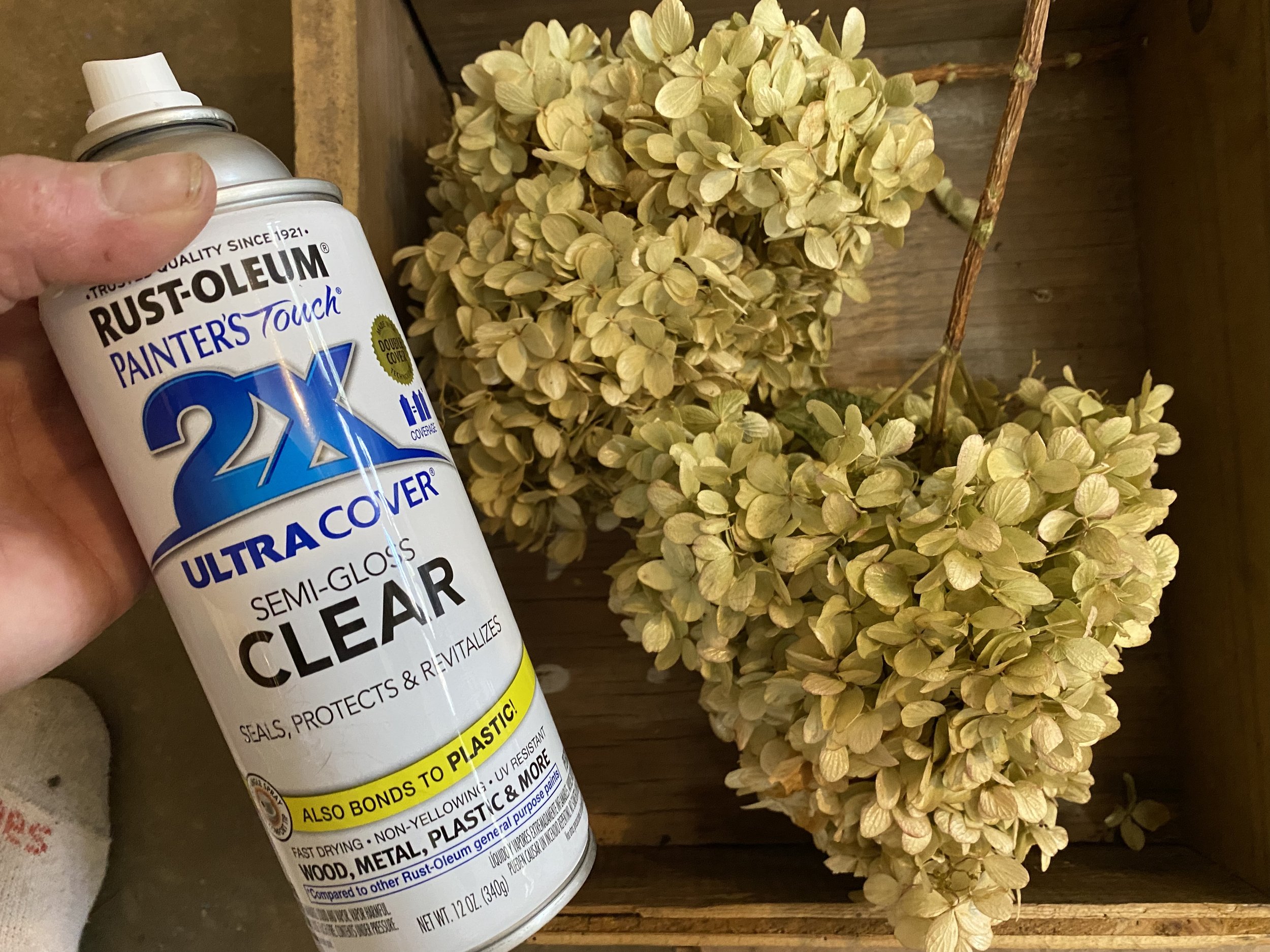Reblooming Thanksgiving Cactus
/this red thanksgiving cactus make a perfect table centerpiece. (charlotte ekker wiggins photo)
"...I'm going to splurge on some Thanksgiving cactuses again this year but I need help on how to get them to bloom again...." -- Renatta
How to Rebloom Thanksgiving Cactus
Hi Renatta,
Commercial Christmas Cactus are actually Thanksgiving cactus known as Schlumbergera truncata originally found in Brazil. Thanksgiving cactus are currently available in a number of different colors from hot pink to white and are popular holiday houseplants that often frustrate owners by not blooming on cue. While you can't guarantee exact timing, here are some things you can do to encourage your Thanksgiving cactus to bloom around Christmas:
Lighting: Place your Thanksgiving cactus in a location where it receives bright, indirect light. Too much direct sunlight can lead to sunburned leaves, so filtered light through curtains or a few feet away from a sunny window is ideal.
Temperature: Thanksgiving cacti require cooler temperatures to initiate flower bud formation. During the fall, maintain a temperature between 60-70°F (15-21°C) during the day and around 55-60°F (13-15°C) at night. This temperature drop mimics the cactus’s natural environment, encouraging it to produce buds.
Watering: Keep the soil evenly moist but not waterlogged. Overwatering can lead to root rot. Water the plant thoroughly when the top inch of soil feels dry to the touch, and always allow excess water to drain out of the pot.
Humidity: These cacti are native to Brazilian rainforests, so they appreciate higher humidity. You can increase humidity around the plant by placing a shallow tray filled with water and pebbles near the plant or by using a humidifier.
Fertilization: Feed your Thanksgiving cactus with a balanced, diluted fertilizer every 2-4 weeks during the growing season (spring and summer). Reduce feeding in the fall and winter when the plant is not actively growing.
Dark Period: Starting in late October and early November, provide the Thanksgiving cactus with long periods of uninterrupted darkness. This is crucial for the plant to set flower buds. Place the plant in a completely dark room or cover it with a box or cloth for about 12-14 hours each night. Any exposure to light during this period may inhibit blooming.
Patience: Once you have initiated the dark period, be patient. It might take several weeks for the buds to form and the plant to start blooming.
Frankly I don't worry about when my "Thanksgiving" cactuses will bloom; I enjoy the lovely flowers whenever they show up and you should, too!
For more gardening, beekeeping, cooking and easy home decor tips, subscribe to Garden Notes.
Charlotte

















































